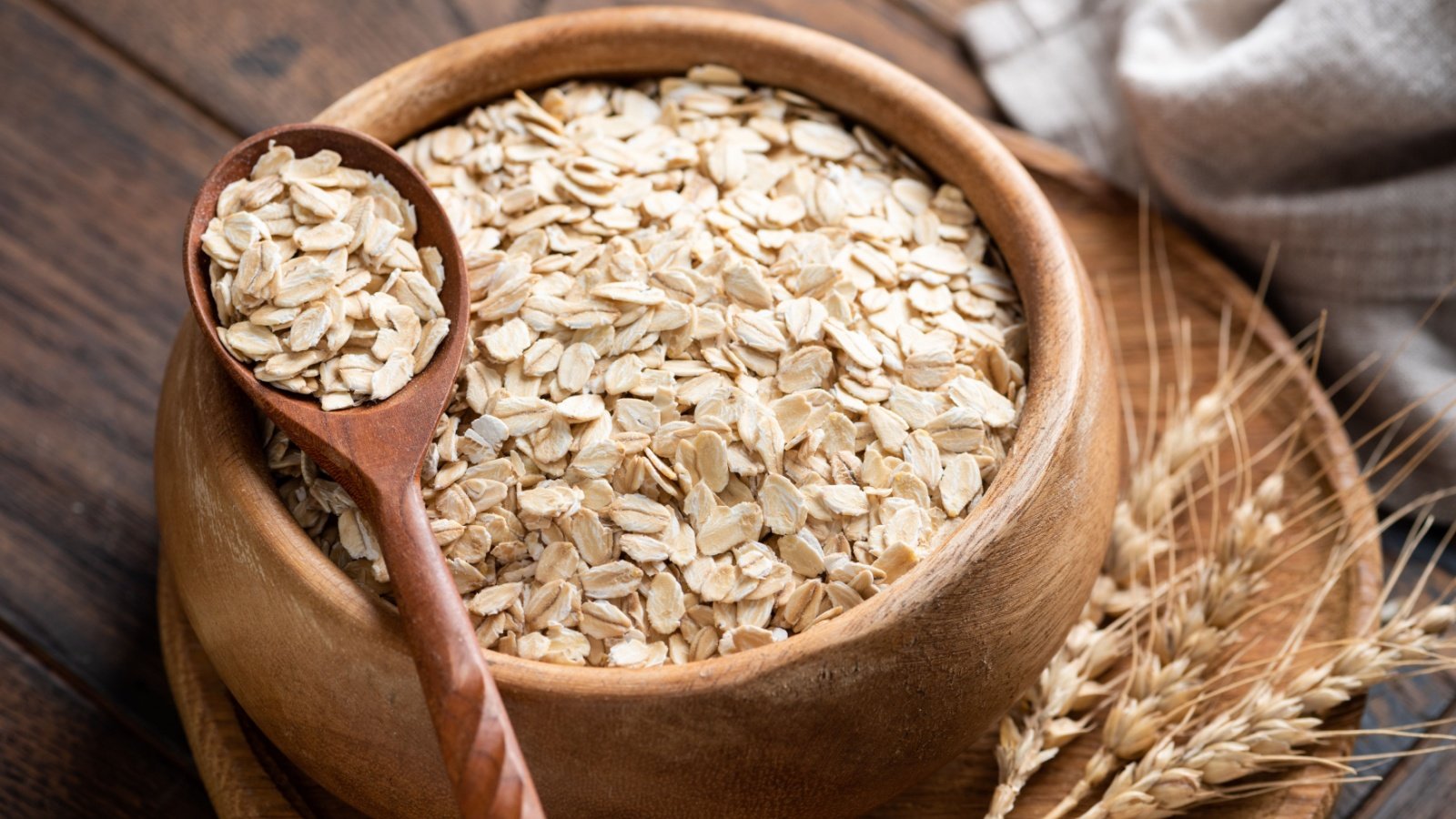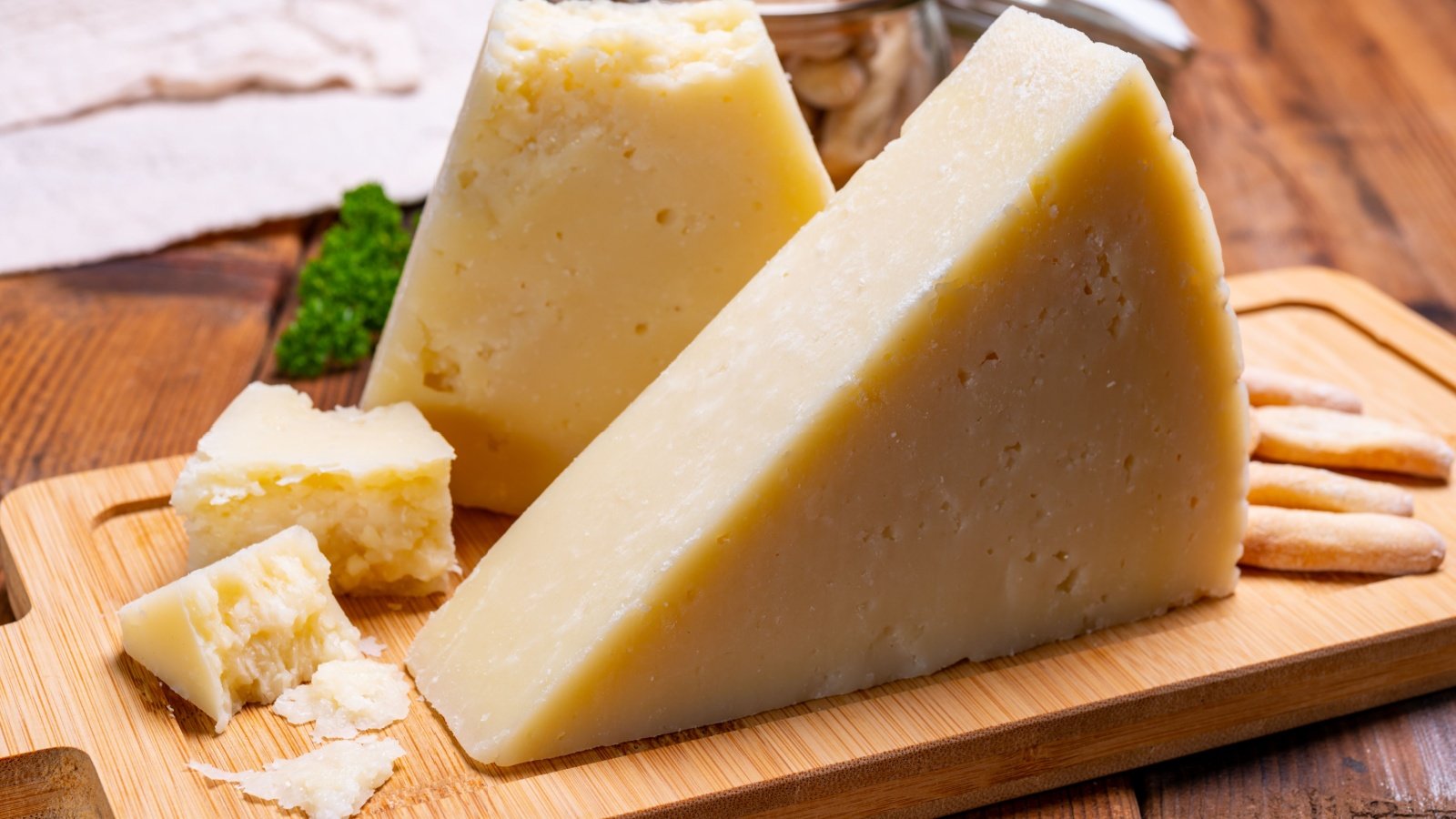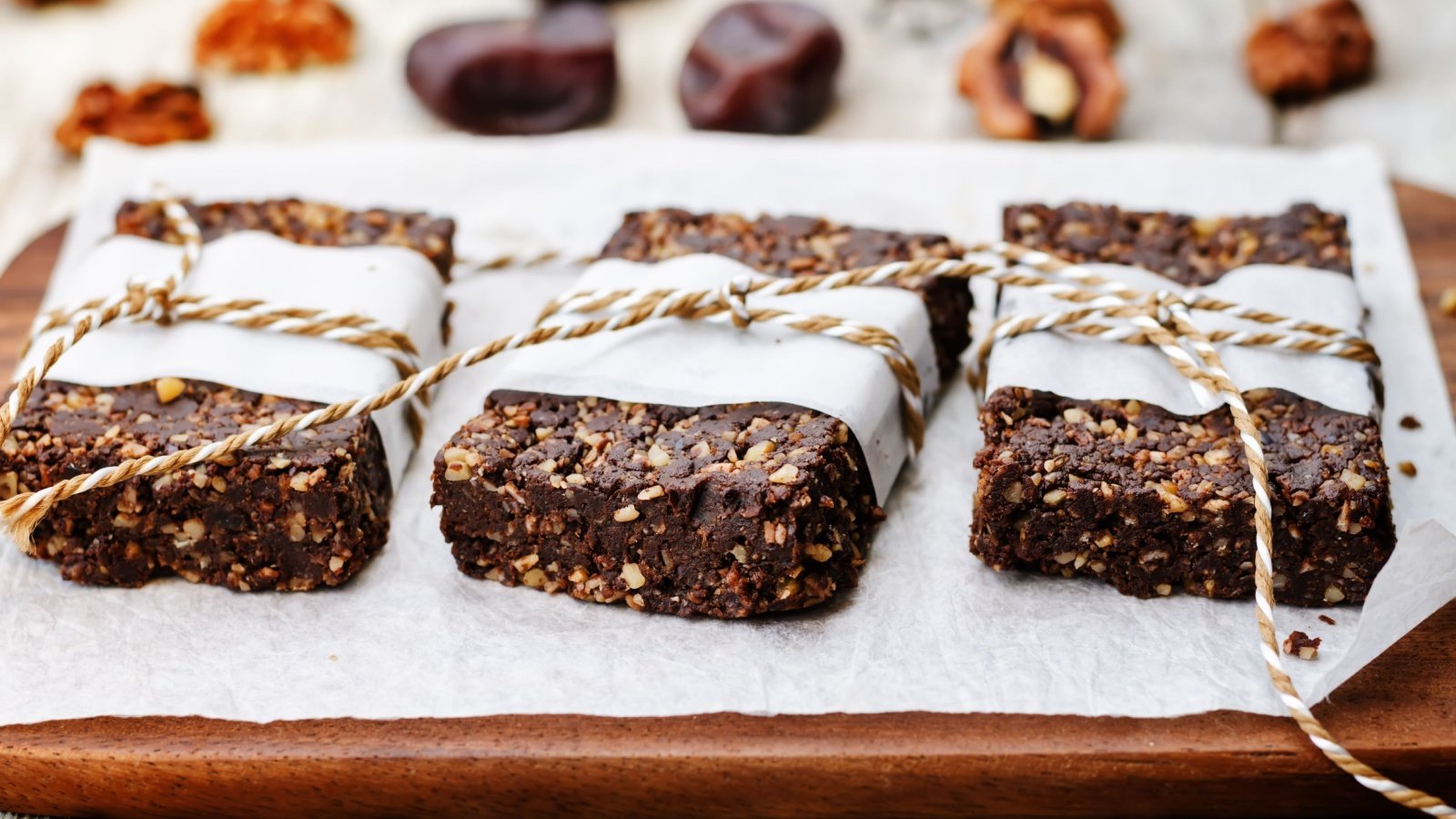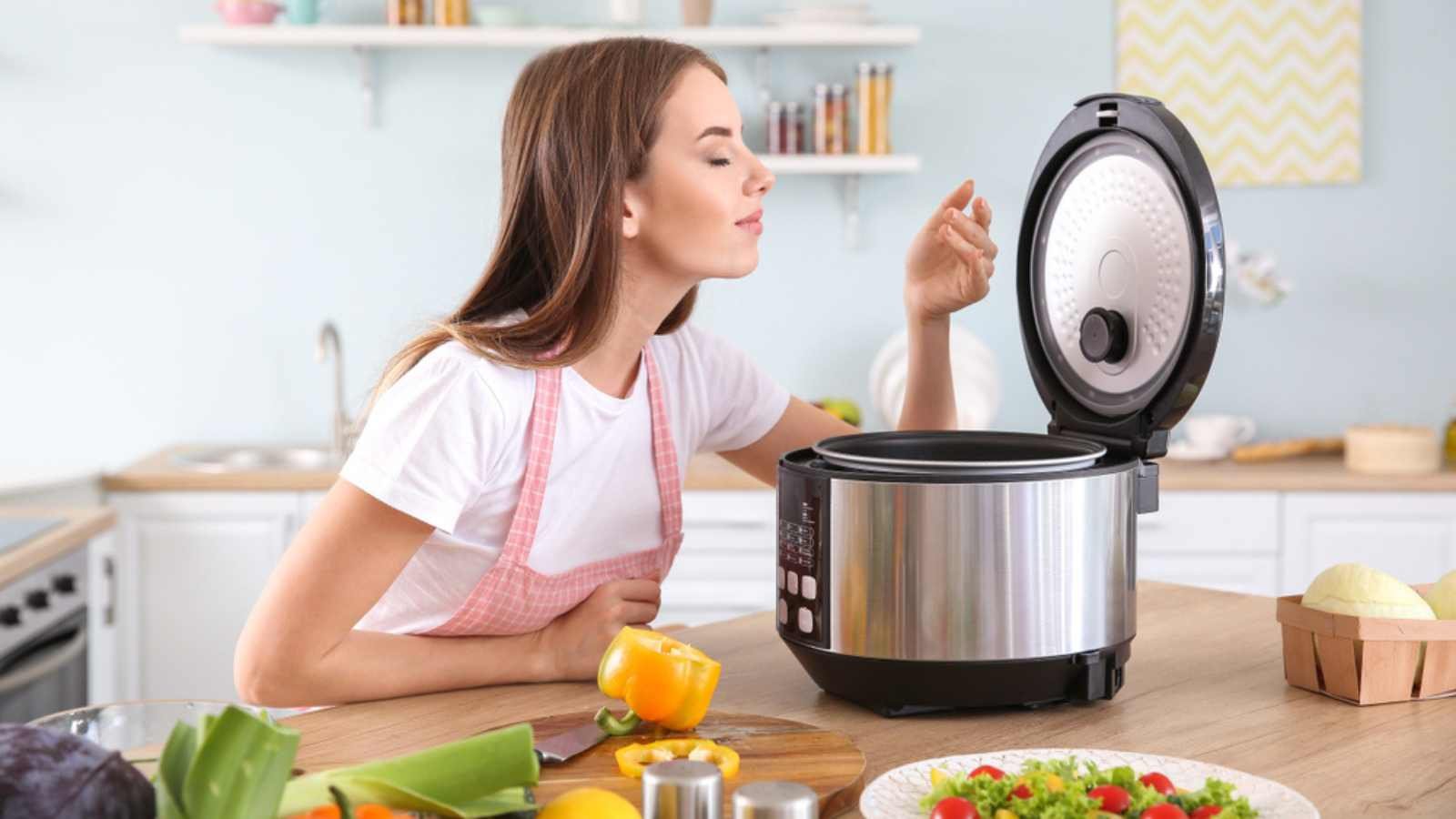A budget-conscious mindset can lead to substantial savings at the grocery store without sacrificing quality. By making smart swaps—from choosing bulk grains over pre-packaged options to selecting local produce—shoppers can significantly cut their grocery bills. Let’s explore simple supermarket swaps to save money.
Oats

Opt for bulk oats over boxed cereals for a healthier and more cost-effective breakfast option. Oats are not only cheaper per serving but also free from the added sugars and preservatives found in many cereals.
Dried Beans

Choose dried beans over canned beans to maximize savings and reduce sodium intake. Although they require more preparation time, dried beans are significantly cheaper and offer better flavor. Soaking beans overnight reduces cooking time and enhances digestibility.
Bulk Rice

Buy rice in bulk instead of opting for microwaveable rice packets. Bulk rice offers a lower cost per serving and allows you to control portion sizes and seasonings. This swap saves money and reduces packaging waste.
Generic Brands

Switch to generic or store brands instead of name brands for staple items like pasta, sugar, and flour. Many generic products are produced in the same facilities as their brand-name counterparts and offer comparable quality at a fraction of the cost.
Frozen Vegetables

Frozen veggies are picked and frozen at their peak freshness, retaining nutrients better than some fresh vegetables that have been transported long distances. They are often cheaper and just as nutritious.
Whole Chicken

Buy a whole chicken instead of individual parts to get more meat for your money. A whole chicken can be roasted and used for multiple meals, including using the bones for homemade stock.
In-Season Produce

Purchase fruits and vegetables that are in season locally instead of out-of-season imports. Seasonal produce is not only cheaper but also at its peak flavor and nutritional value. This practice supports local farmers and reduces your carbon footprint.
Loose Tea

Opt for loose-leaf tea over pre-packaged tea bags. Loose tea is generally more economical, offers better flavor, and you can adjust the strength to your liking. This swap reduces waste and increases the quality of your tea experience.
Large Containers

Buy yogurt in larger containers rather than individual servings to save on packaging and cost per ounce. Large containers minimize waste and allow you to portion out exactly what you need. Flavor your yogurt with fresh fruit or honey for a healthier alternative to pre-flavored options.
Block Cheese

Purchase block cheese and shred it yourself instead of buying pre-shredded cheese. Shredded cheese often contains additives like potato starch to prevent clumping, and it’s usually more expensive per ounce. Grating cheese at home is fresher and more cost-effective.
Spices from Bulk

Get your spices from bulk bins instead of pre-packaged bottles. You can buy only the amount you need, which is cheaper and ensures spices are fresh. This method also reduces the amount of packaging waste you bring home.
Coffee Beans

Buy whole coffee beans instead of pre-ground coffee. Grinding beans at home can enhance flavor and freshness. While the initial investment in a coffee grinder might seem high, the per-cup savings and quality improvement make it worthwhile.
Salad Dressing

Create your own salad dressings using basic pantry staples like oil, vinegar, mustard, and spices. Homemade dressings are cheaper and healthier than bottled versions, which often contain preservatives and added sugars.
Bread

Bake your own bread instead of buying it pre-made. Homemade bread is not only more affordable but also allows you to control the ingredients, avoiding preservatives and additives found in many store-bought breads.
Manual Kitchen Tools

Use manual kitchen tools like a whisk and a manual can opener instead of electric gadgets. These tools often do the job just as well and don’t require electricity. They tend to be cheaper and last longer without needing repairs. Reducing reliance on electric gadgets saves energy and money.
Herbs

Grow your own herbs in a kitchen window or balcony garden instead of buying them fresh or dried. Growing herbs is cost-effective, reduces waste, and ensures you always have fresh flavors on hand.
Paper Towels

Switch from paper towels to reusable cloth towels for cleaning and drying hands. Cloth can be washed and reused many times, offering significant savings over disposable paper products. This change also lessens household waste.
Homemade Snacks

Prepare your own snacks like popcorn, trail mix, or granola bars at home instead of buying packaged versions. Homemade snacks are more affordable and can be healthier, with fewer additives and sugars.
Reusable Bottles

Use reusable water bottles instead of buying disposable plastic bottles. Filling a reusable bottle is less expensive and reduces plastic waste, benefiting both your wallet and the environment. This simple change is a foundational step in living more sustainably.
Cleaning Products

Make your own cleaning products using ingredients like vinegar, baking soda, and lemon. DIY cleaners are effective, environmentally friendly, and much cheaper than commercial products. This approach reduces the use of harsh chemicals in your home.
Meal Planning

Implement meal planning to minimize food waste and save money. By planning meals in advance and shopping accordingly, you can buy only what you need and use it efficiently. This strategy helps avoid impulse buys and reduces the amount of food thrown out.
Quality Kitchenware

Invest in high-quality kitchenware that lasts longer rather than cheap items that need frequent replacing. Quality pots, pans, and utensils may cost more upfront but are more economical over time due to their durability.
Energy-Efficient Cooking

Adopt energy-efficient cooking methods such as using a pressure cooker, slow cooker, or convection oven. These methods use less electricity or gas than traditional cooking methods and can reduce your utility bills. Efficient cooking also often results in tastier food.
Buy Local

Purchase locally produced goods and buy in bulk when possible. Local products often have lower transportation costs and are fresher, while bulk purchases reduce packaging waste and cost per unit.







